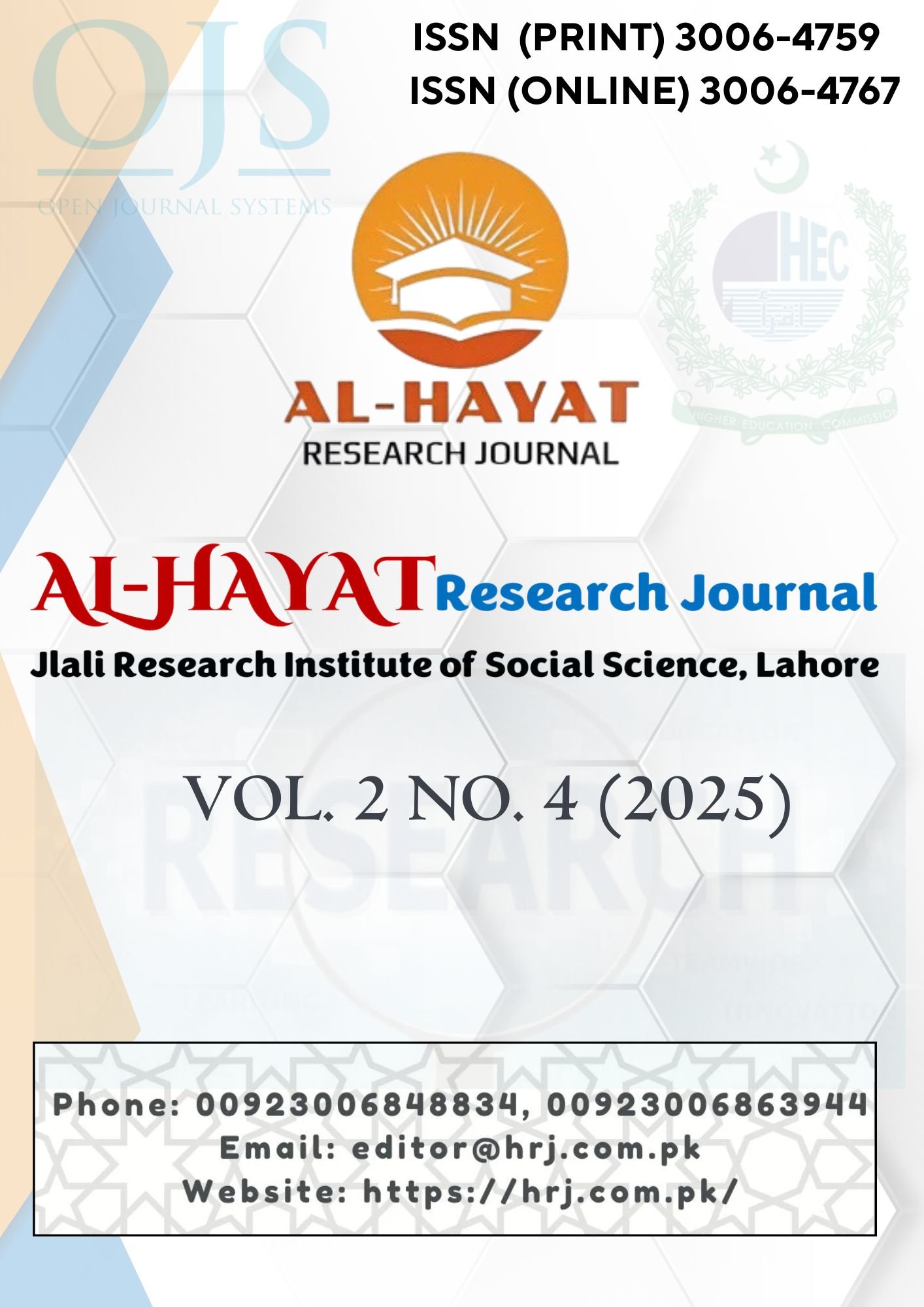Application of 3D Motion Capture Technology in Sports Performance Analysis: A Comparative Study of Bowling Biomechanics among University-Level Female Cricketers
DOI:
https://doi.org/10.5281/Keywords:
3D Motion Capture, Kinematic Efficiency (KE), Psychological Readiness (PR), Training Load Intensity (TLI), Fatigue Level, Bowling Performance, Female AthletesAbstract
This paper examines the use of motion capture technology in three-dimensional motion capture in the biomechanical and psychological research of bowling performance in female university cricketers in Pakistan. The study looks at the correlations between Kinematic Efficiency (KE) and Training Load Intensity (TLI) as independent variables, Bowling Performance (BP) as the dependent variable and moderating variables, which are Psychological Readiness (PR) and Fatigue Level (FL). Applying a quantitative research design and survey methodology, 277 respondents who participated in the survey are female cricketers in major university sports institutions were used to collect the data. The findings reveal that the positive effect of Kinematic Efficiency on the performance of bowlers is quite substantial, which explains why the integrity of biomechanical coordination is essential. The advantage of efficient motion patterns on athletic performance gets further increased by the effect of the Psychological Readiness, but the effect of the Fatigue Level is also negligible and nonsignificant. These results are important to note, as they indicate the need to stay at the optimal training load and bring psychological readiness to continue high levels of athletic performance. The implementation of 3D motion capture is a sound analytical platform of objective performance measuring and technique optimization. Finally, technological performance measurement with its support of the psychological preparation and strict control of the working load can significantly improve the competitive outcomes of the female athletes.
Downloads
Published
Issue
Section
License
Copyright (c) 2024 AL-HAYAT Research Journal (AHRJ)

This work is licensed under a Creative Commons Attribution 4.0 International License.












